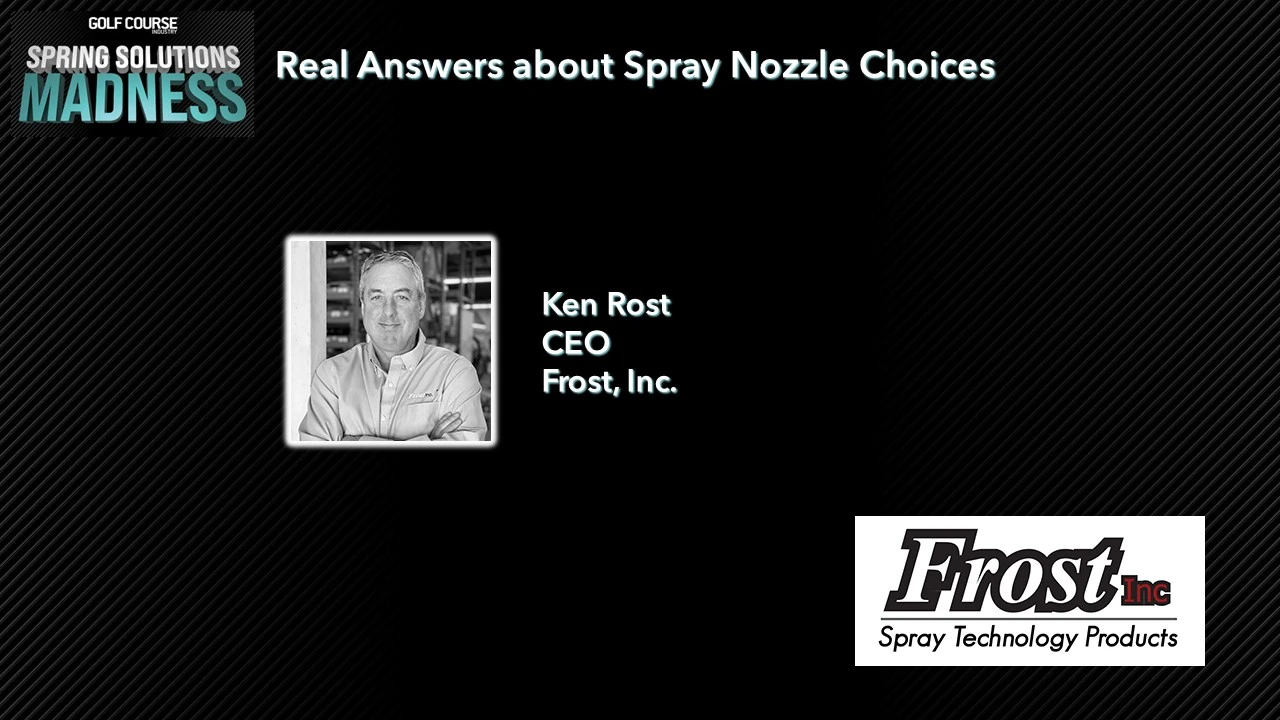
The entrance road to The Witch Golf Club is a bit bumpy and reaching the first tee requires a cart ride over a heavily wooded swamp. The clubhouse and maintenance facility are the lone structures visible during a visitor’s trek through the front nine.
The top of the clubhouse protrudes upward. Think … well … a witch hat. Unless somebody works on a golf course, they will miss the quick glimpse of a venerable maintenance facility.
Claude Pardue doesn’t want customers noticing structures when traversing the property. He prefers they stare straight ahead, instead of left and right. Pardue, the owner and operator of Mystical Golf, a three-course enterprise consisting of Myrtle Beach mainstays The Witch, Man-O-War and The Wizard, shuns buildings along a golf course. “I have never built a house around a golf course,” he says.
On a pleasant mid-November afternoon, Pardue and loyal employees Bill Walton and Roy Holseberg hover on a clubhouse deck overlooking The Witch and conduct a roundtable chat about operating a golf course in Myrtle Beach, where the number of courses has dipped to 90. Mystical Golf once jostled with more than 100 competitors for business.
Walton and Holseberg defer to Pardue throughout the conversation, their attentive eyes drifting to overseeded turf, towering trees, Dan Maples-designed bunkers and enthusiastic golfers. Their candid boss explains the reason behind the aesthetics he expects the pair to produce. “Honestly, we give the customer what the customer wants,” Pardue says, “not what we want to give them.”
Golfers who visit Myrtle Beach, especially during the busy stretch from mid-February to mid-May, when courses fetch triple-digit green fees, seek green turf, Pardue adds. Providing green requires slightly more fall hustle at The Witch — where Holseberg, a Mystical Golf employee since 2004, serves as superintendent — than at its sister courses. In addition to overseeding Bermudagrass fairways and tees with ryegrass, The Witch’s Tifdwarf greens are overseeded with Poa trivialis.
“We don’t believe in painting greens,” Pardue says. “Have you ever seen a green that was painted that is anything?” Later in the discussion, Pardue returns to the subject of painting greens. A few years ago, with the golf market staggering, painting generated significant curiosity throughout the Southeast. Pardue visited a few courses in the Carolinas implementing the practice. The tour, along with a few unseasonably cold winters, confirmed his disdain for painting Bermudagrass greens.
“I have never painted and never will paint,” he says. “I don’t get it. Have you ever seen a painted green that was pretty? I have never seen a painted green that looked worth a crap. So, no, I don’t paint. I think you might as well leave them brown. Brown, at least, looks natural.”

An agronomic plan designed to get the Man-O-War and The Wizard greens to pop from mid-February to mid-May requires less deliberation. The courses are part of decaying Myrtle Beach stock. Man-O-War and The Wizard supported bentgrass greens when they opened in 1996 and superintendent Walton, a 20-year Mystical Golf employee, and team still maintain the variety despite the southern shift to ultradwarf Bermudagrass putting surfaces. Maybe it’s experience — or maybe it’s humble grit — but nurturing bentgrass greens in Myrtle Beach doesn’t fluster Walton, whose two-course crew includes 22 employees. “It’s all about routine and personnel,” Walton says. “You need everybody tuned in to what they are going to do … how much water to put out and how fast to go.”
Overseeding fairways and tees represents a part of the fall routine at all three courses, although the process included a twist to prepare for this year’s money season: Mystical Golf also opted to overseed the rough on both courses. More than 300 acres were overseeded across the three courses.
“Just from working out around golfers,” Holseberg says, “we have come to know they want green grass. A couple of years ago, we experimented with leaving the rough dormant and just ovserseeding tees, fairways and greens. Talking with some golfers who come back every year, they didn’t really like that too much. They like to see green grass. They come down South, they want to see green grass, and that’s what we are giving them.”
Mystical Golf executed annual wall-to-wall overseeds on all three courses until the Great Recession battered the Myrtle Beach market. In 1998, the heyday of Myrtle Beach golf, The Witch, Man-O-War and The Wizard each attracted more than 60,000 rounds, with packed tee sheets Wednesday-Sunday. “If you didn’t get something done by 9 o’clock,” says Walton, describing maintenance mornings during the boom years, “it wouldn’t get done until much later in the day.” The courses now average slightly more than 40,000 rounds per year. Pardue has seen enough positive signs in recent years to believe an enhanced product can increase play and revenue.
“I’d love to get them back up to 45,000 rounds each, which is what we are shooting for and one reason we are going back to overseeding everything with ryegrass and marketing it,” he says. “I don’t know if I would ever want to – I guess financially I would – get it back to 60,000 rounds, because it was tough to get out there and mow.”
Even in a less bustling golf era, executing work around play remains tricky. Pardue avoids closing courses for maintenance purposes – “We don’t take away any tee times,” he firmly says – leaving crews to perform the bulk of the overseed at night. Strong fall winds present overseed challenges, but Holseberg says Myrtle Beach gusts are tamer at night. While Walton’s team must maintain bentgrass greens in the summer, Holseberg’s crew encounters challenges with the transition from overseeded to Bermudagrass greens. The transition, fortunately, begins in late spring, when money season customers are playing golf near their northern homes.
Overseeding, transition, Bermudagrass and bentgrass have become familiar terms to Walton and Holseberg’s boss.
Pardue purchased his first golf course in Southern Pines, North Carolina, in 1984, and became enthralled with Myrtle Beach in the late 1980s, because he says the business acumen of Grand Strand course operators surpassed what he observed elsewhere. Pardue brought his lead agronomist, Andy Apple, from Southern Pines to Myrtle Beach and Apple ascended to a managerial position as Mystical Golf’s director of golf course maintenance. Holseberg’s and Walton’s roles expanded following Apple’s retirement. Lengthy stints working for Pardue — whose self-proclaimed passion is business, not golf — has increased Holseberg’s and Walton’s awareness of Myrtle Beach golfonomics.
“They do a very good job of understanding the business side,” Pardue says. “Roy and Bill understand that we make $140 in green fees at the end of March and only $36 in green fees at the end of July. All I have to do in July is give somebody a better experience than $36. In April, I have to give them something better than $140. It’s very important that they understand the goals of our golf course so they can meet those goals and move around those goals.”

Explore the January 2020 Issue
Check out more from this issue and find your next story to read.
Latest from Golf Course Industry
- From the publisher’s pen: Foggy intrigue
- USGA releases Water Conservation Playbook
- Vilamoura Golf courses awarded GEO Certified status
- GCSAA’s Health in Action 5K/2K reaches fundraising goal
- Landscapes Golf Management to participate in data analyzation initiative
- Reel Turf Techs: Carl Michael
- Atlanta Athletic Club approves funding for master plan
- Maximizing Cultural Practices and Agronomic Benefits with Minimal Surface Disruption





